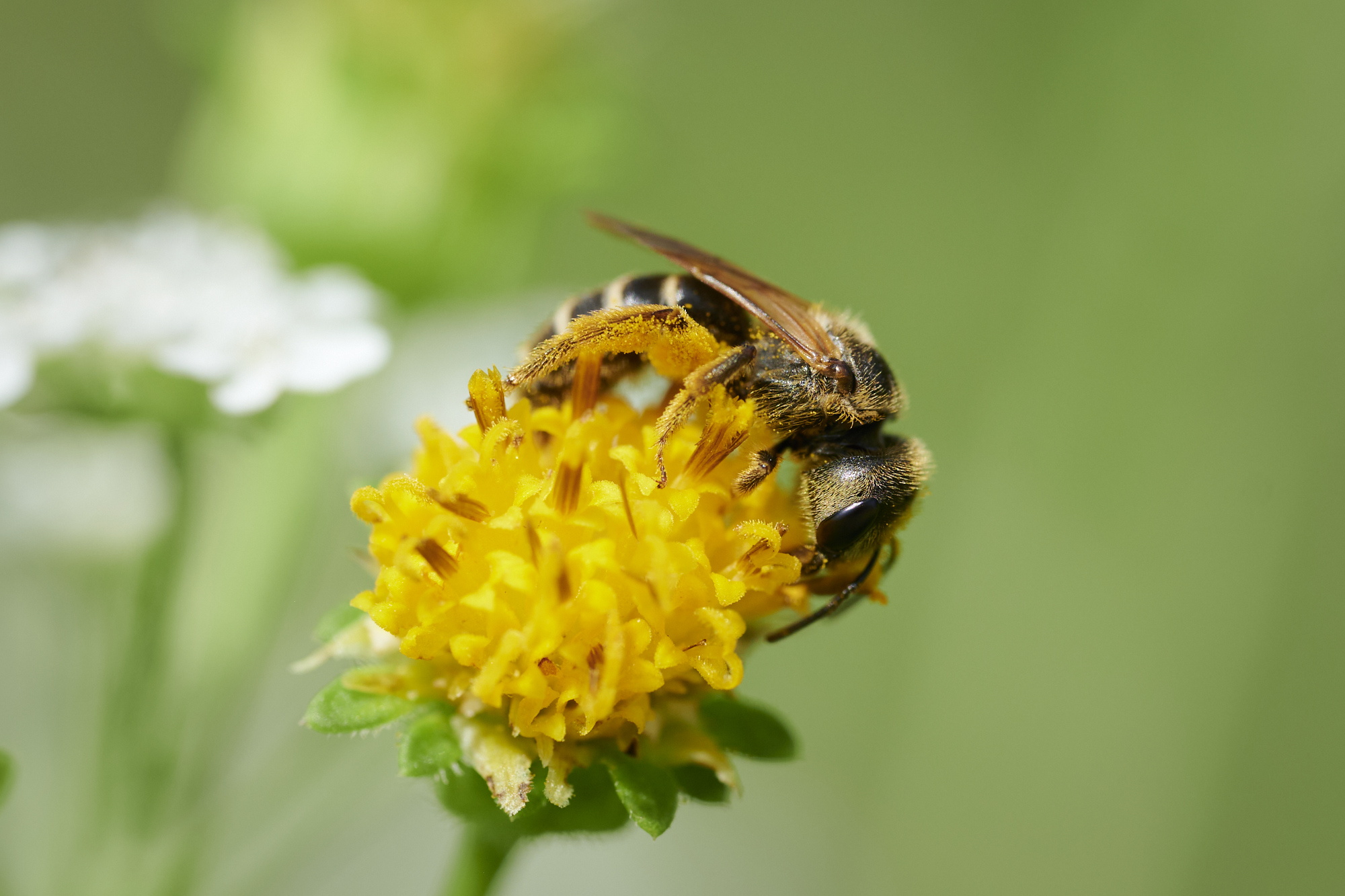
Proboscis, Pollen, and the Rapture of Interspecies Intimacy
Photographs and words by Jake Eshelman,
Contributing Editor of Ecological Thinking
Sign up for our monthly newsletter!
Plants are communal creatures. At the most fundamental level, they actively participate with and shape their surroundings. That doesn’t necessarily mean they are always pleasant to interact with. Far from inert, plants compete, strangle, poison, and kill just as readily as they nourish, enrich, cultivate, and fortify our world. And just like us, they cannot flourish alone.
Pollination reminds us of nature’s mutuality. As an inherently generative endeavor, plant pollination is a particularly fruitful exchange in which we can better recognize and appreciate the interspecies partnerships we all rely on. Botanically speaking, pollination describes the reproductive process for flowering plants (i.e., angiosperms), which today represent around 9 out of every 10 plant species.1 In angiosperms, the male sex organs (anthers) produce pollen which are then delivered to the female sex organs (the stigma) to produce seeds.2 This happens in one of two ways. Abiotic pollination occurs without the help of other organisms, instead relying on winds or water currents to motivate the plant’s reproductive cycle. Plants who are described as “self-pollinating” fall into this category, though this may be somewhat misleading given that all pollination requires some sort of collaborative intervention (such as a breeze to excite and carry the pollen)—even when the process unfolds between two different flowers on the same individual plant.
The other, vastly more common approach is known as biotic pollination, or pollination mediated by animals.3 Here, angiosperms often lure animals with the promise of nutrient-dense nectar, intoxicating fragrances, shelter from the elements, or even a bit of trickery.4 In exchange, individual plants follow their own distinct methods of physically, chemically, or electrostatically attaching their pollen granules to their pollinator partners, who then distribute it to other flowers to continuously perpetuate the plant’s reproductive cycle.5
Plants depend on others just as much as we depend on them.
An unfolding dance of interspecies attraction
The mutually seductive relationship between flora and fauna is far from new. In fact, animal pollination has been essential for life on our planet for millennia. These interspecies partnerships reach back around 500 million years, when plants and insects began to crawl out of the water, cooperate, and co-evolve.6 The first flowering plants appeared around 150 million years ago, driven primarily by this ongoing partnership with pollinating insects.7 At that point, all Eden broke loose. The mutually beneficial collaboration between plants and insects led to an incredible proliferation of both. Angiosperms developed more intricate and specialized means of attracting insect pollinators, leading to the incredible diversity of flower sizes, patterns, shapes, colors, and fragrances we experience today. At the same time, the diversification of flowering plants also encouraged the same amongst their pollinators, who developed more specific and intimate means of interacting with their plant partners.

Today, around 87.5% of the world’s plants rely on animals to reproduce.8 Insects are responsible for pollinating around 75% of these flowering plants.9 Other animals—ranging from bats to marsupials to reptiles—also play vital roles in maintaining plant biodiversity and the overarching ecosystem.10 In return, we animals rely on plants to feed, clothe, and shelter ourselves. Biotic pollination alone is essential for producing about a third of our crops worldwide.11 The value of pollination is so fundamental and far reaching that economists consider it as an essential ‘ecosystem service’ worth up to $577 billion dollars annually.12
Botanically, pollination is a plant’s reproductive process.
Ecologically, it is our collective lifeline.
On one hand, biotic pollination has shaped the development and proliferation of plant species through the respective cultural preferences of various animals, such as the desire for the tastiest foods, the best nesting materials, the ideal larval nurseries, etc. For our part, humans have devised various methods, tools, and traditions of propagating and diversifying plant species over thousands of years through both active and passive plant breeding. However, having a direct hand in plant pollination does not necessarily equate to having dominion over it. It’s also quite possible that plants were (and are) the architects of their own evolution as they continually manipulate our respective wants, needs, and inclinations. It’s all a matter of perspective. Yet regardless of how we see it, the underlying reality is that plants—and pollination—shape us, too.
We all share a stake in pollination
You don’t have to physically rub plant bits together to have a direct hand in pollination. How you navigate through the world, the ways you behave, what you consume, the garden(s) you tend—all these things have a tangible impact on the life that surrounds and supports us all. This, of course, is the curse and blessing of an inextricably interwoven world. On the bright side, this immediacy makes it such that it can be relatively simple to make a profoundly positive ecological impact.
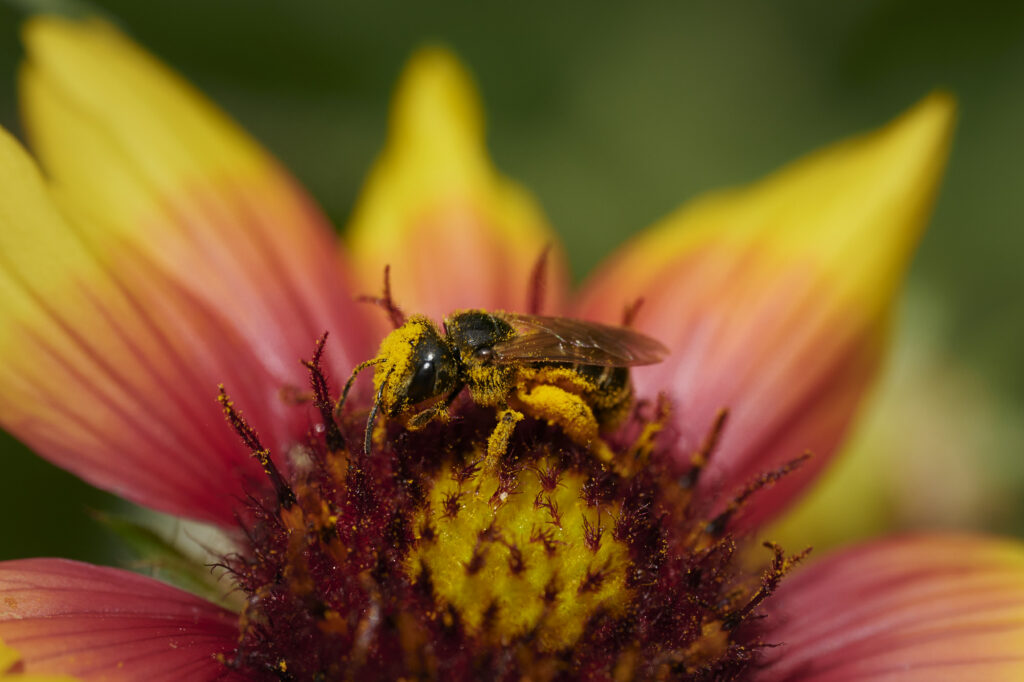
One place to start is finding opportunities to encourage and facilitate the relationships between plants and their endemic pollinator partners. To that end, The Pollinator Partnership has developed a comprehensive series of free planting guides tailored to the swathe of individual ecoregions found throughout the US and Canada. To access these guides, you simply enter your postal code into their system and it will generate the corresponding document containing specific recommendations and practices to help you support plant-pollinator partnerships in your immediate area.
These localized pollinator planting guides are a few of countless resources available to help encourage more ecologically oriented outcomes. However, the first and most fundamental step is to ensure we see pollination as more than a quid pro quo ‘ecological service’ that benefits humans. Instead, we can recognize pollination as one of the defining interspecies interactions necessary to support all life.
About the Author
Beyond his role as the Contributing Editor of Ecological Thinking at Plantings, Jake Eshelman is a photo-based artist and visual researcher exploring the complex relationships between people and other-than-human beings. Working to transcend the notion that humanity is somehow separate from—or superior to—the natural world. You can learn more about his work on his website, Instagram, or LinkedIn.
1 ‘Early History of Pollinators and Plants’, College of Agricultural, Consumer & Environmental Sciences at University of Illinois Urbana-Champaign, https://extension.illinois.edu/blogs/garden-scoop/2020-06-26-early-history-pollinators-and-plants [accessed 2 Sept, 2023]
2 Sanchez Del Rio, Natalie, ‘Modes of Reproduction in Plants’, Lab Associates, https://labassociates.com/modes-of-reproduction-in-plants [Accessed 2 Sept, 2023]
3 ‘Why is Pollination Important?’, Forest Service of the United States Department of Agriculture, https://www.fs.usda.gov/managing-land/wildflowers/pollinators/importance [accessed 2 Sept, 2023]
4 Avis-Riordan, Katie. ‘Top tricksters: Plants Winning at Pollination’, Kew Royal Botanic Gardens, 2019. https://www.kew.org/read-and-watch/top-plant-pollination-tricks [accessed 4 Sept, 2023]
5 Surcică, Alexandru. ‘Animal Pollinated Plants and Their Importance’, Pennsylvania Pollinator Series, College of Agricultural Sciences, Penn State University.
6 Morris, Jennifer, et. al, ‘The Timescale of Early Land Plant Evolution’, Proceedings of the National Academy of Sciences of the United States of America, Vol. 115, No. 10, 2018. <https://doi.org/10.1073/pnas.1719588115> [Accessed 2 Sept, 2023]
7 ‘Early History of Pollinators and Plants’, College of Agricultural, Consumer & Environmental Sciences at University of Illinois Urbana-Champaign, https://extension.illinois.edu/blogs/garden-scoop/2020-06-26-early-history-pollinators-and-plants [accessed 2 Sept, 2023]
8 Peixoto PG, Martins HL, Pinto BC, Franco AL, Amaral LS, Castro CVd. ‘The Significance of Pollination for Global Food Production and the Guarantee of Nutritional Security: A Literature Review.’ Environmental Sciences Proceedings. 2022; 15(1):7. https://doi.org/10.3390/environsciproc2022015007
9 ’The Importance of Pollinators’, United States Department of Agriculture, https://www.usda.gov/peoples-garden/pollinators [accessed 4 Sept, 2023]
10 Katumo, Daniel, et al., ‘Pollinator Diversity Benefits Natural and Agricultural Ecosystems, Environmental Health, and Human Welfare’, Plant Diversity, Vol. 44, Issue 5, 2022, pp. 429–435
11 Ritchie, Hannah. ‘How Much of the World’s Food Production is Dependent on Pollinators?’, Our World in Data, 2021. https://ourworldindata.org/pollinator-dependence
12 Potts, Simon G., et al. ‘Safeguarding Pollinators and their Values to Human Well-being.” Nature, 540.7632 (2016): pp. 220–229
Plantings
Issue 28 – October 2023
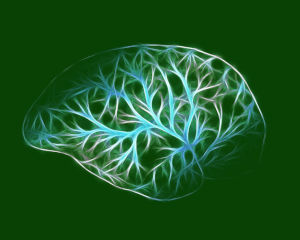
What Plants Are Saying About Us
By Amanda Gefter
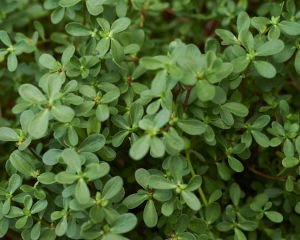
Viriditas: Musings on Magical Plants: Portulaca oleracea
By Margaux Crump
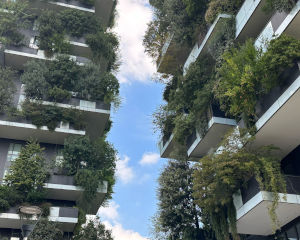
The Greening of Milan: Porta Nuova and Vertical Forest
By Gayil Nalls
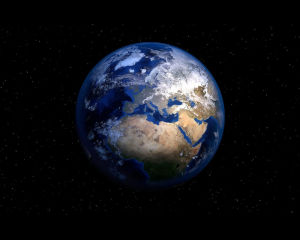
Overshooting Earth’s Boundaries: An Interview with Bill Rees
By Rachel Donald
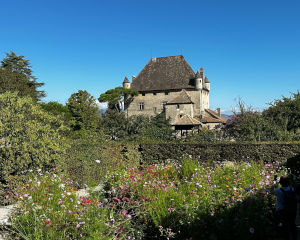
The Garden of the Five Senses
By Gayil Nalls
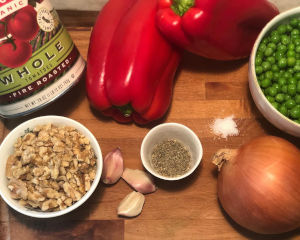
Eat More Plants Recipes:
Le Botaniste’s Fennel, Tomato, and Red Pepper Pasta Sauce

As Ireland transitions from the rich, smoky scent of peat-burning to a more sustainable future, its olfactory heritage is evolving. What will become the next iconic aromatic symbol of Ireland?
Click to watch the documentary trailer.


